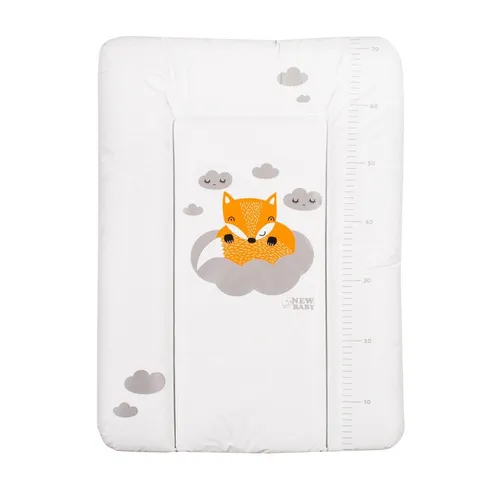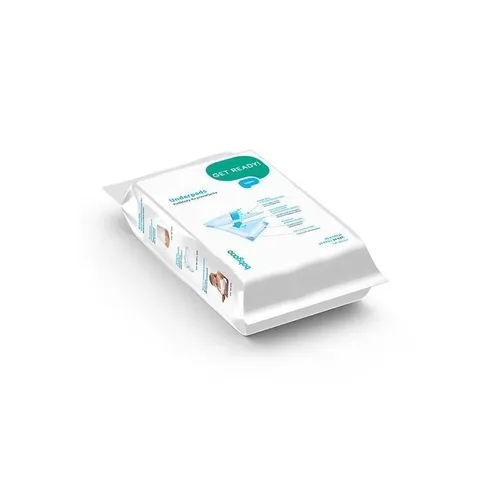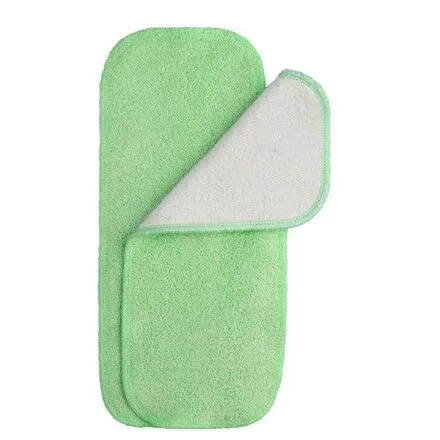Diapering
Diapering is an essential aspect of caring for infants and toddlers, providing a hygienic and comfortable way to manage waste. This category encompasses a variety of products designed for babies, including disposable diapers, cloth diapers, diaper covers, wipes, and changing pads. Each of these items plays a crucial role in ensuring that both parents and caregivers can maintain cleanliness and comfort for their little ones during the early years of development.
When selecting diapering products, several key factors should be considered to ensure the best fit for your child’s needs. First and foremost, the size and fit of the diaper are critical. Diapers come in various sizes, typically categorized by weight, and it’s essential to choose the right size to prevent leaks and ensure comfort. Additionally, consider the absorbency level of the diaper, which can vary significantly between brands and types. For instance, overnight diapers are designed to provide extra absorbency for longer periods, while daytime options may focus on breathability and comfort.
Materials used in diapering products also play a significant role in their effectiveness and comfort. Disposable diapers often feature a combination of synthetic materials designed for high absorbency, while cloth diapers are typically made from natural fibers like cotton or bamboo. Parents should consider any sensitivities or allergies their child may have when selecting materials, as some babies may react to certain chemicals or fragrances found in disposable options. Eco-conscious parents might prefer cloth diapers or biodegradable disposables, which can reduce environmental impact.
Each type of diapering product has its advantages and disadvantages. Disposable diapers are convenient and easy to use, making them a popular choice for busy parents. However, they can contribute to landfill waste and may not be as gentle on a baby’s skin as cloth options. On the other hand, cloth diapers are reusable and often made from softer materials, but they require more effort in terms of washing and maintenance. Diaper covers can be used with cloth inserts, providing versatility and the ability to customize absorbency levels.
To maximize the effectiveness of diapering products, proper usage and maintenance are essential. For disposable diapers, ensure that they are changed regularly to prevent diaper rash and discomfort. When using cloth diapers, it’s important to follow washing instructions carefully to maintain their absorbency and prevent odors. Regularly check for wear and tear, especially on elastic bands and fasteners, to ensure a secure fit.
In addition to the primary diapering products, consider combining them with other accessories for a more efficient diapering routine. A well-organized changing station equipped with wipes, creams, and a diaper pail can streamline the process and make it more enjoyable for both parent and child. Using a barrier cream can help prevent diaper rash, while wipes should be gentle and free from harsh chemicals to protect sensitive skin.
Ultimately, the key to successful diapering lies in understanding your child’s unique needs and preferences. Experimenting with different brands and types can help you find the perfect combination that works for your family. By considering factors such as size, materials, and maintenance, you can create a comfortable and effective diapering routine that supports your baby’s health and well-being.
show more text











